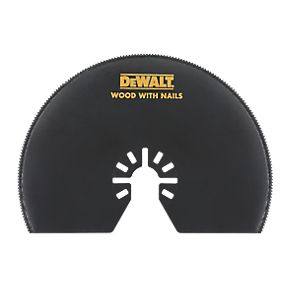- Joined
- 28 Jul 2014
- Messages
- 1,968
- Reaction score
- 561
- Country

Which direction would it oscillate?
In the normal direction that multitools oscillate. So the square, side mounted holesaw would be alternating between the two positions of these squares against the wall.
I realise it would give you a hole with slightly radiused corners and slightly bowed in sides, top & bottom, but the boxes have radiused corners anyway and the flange would easily cover the slightly curved edges. In fact, you could almost think of that as a feature, that you would have maybe ±2° of adjustment in getting the box dead level before tightening the plate screws.
Gaz



